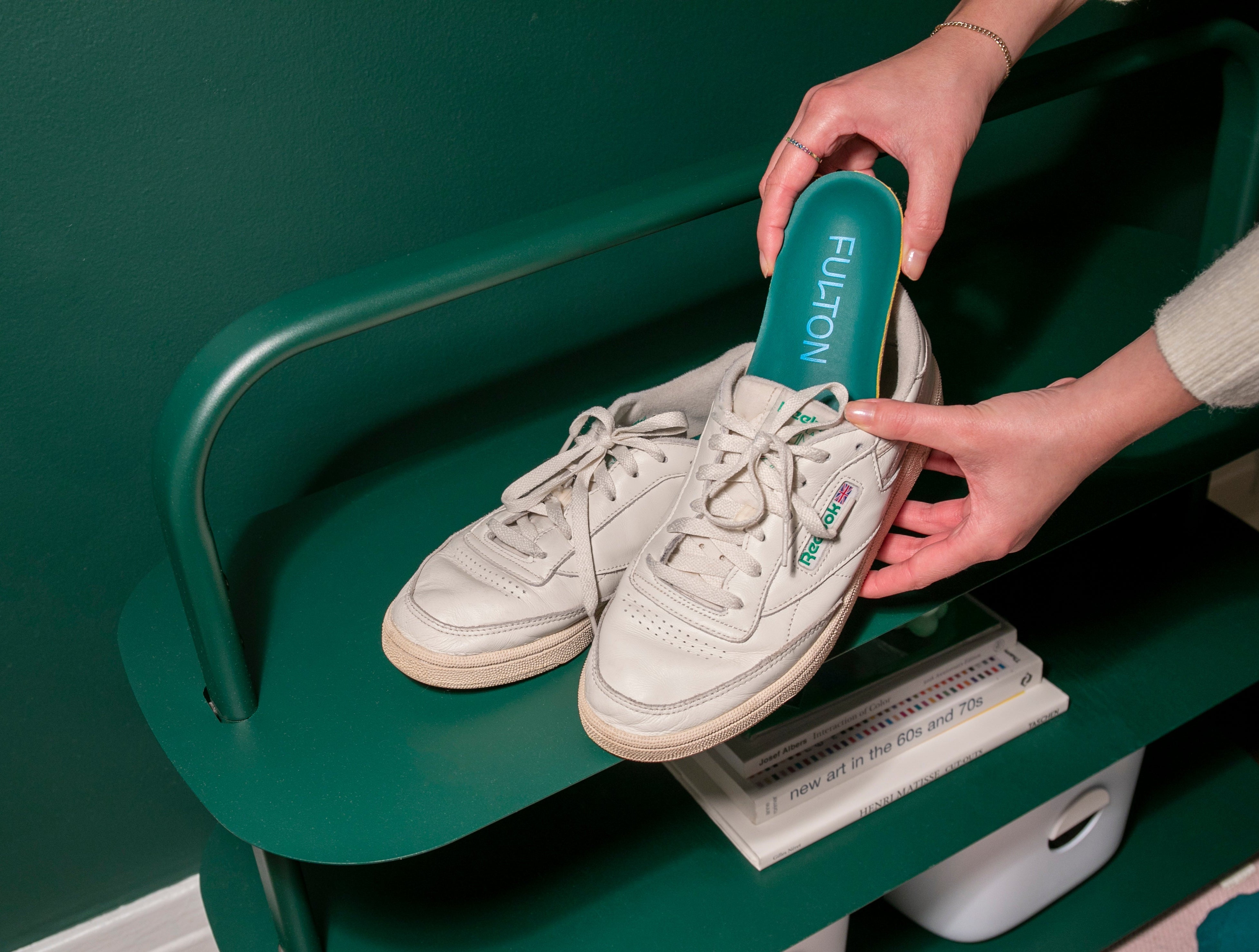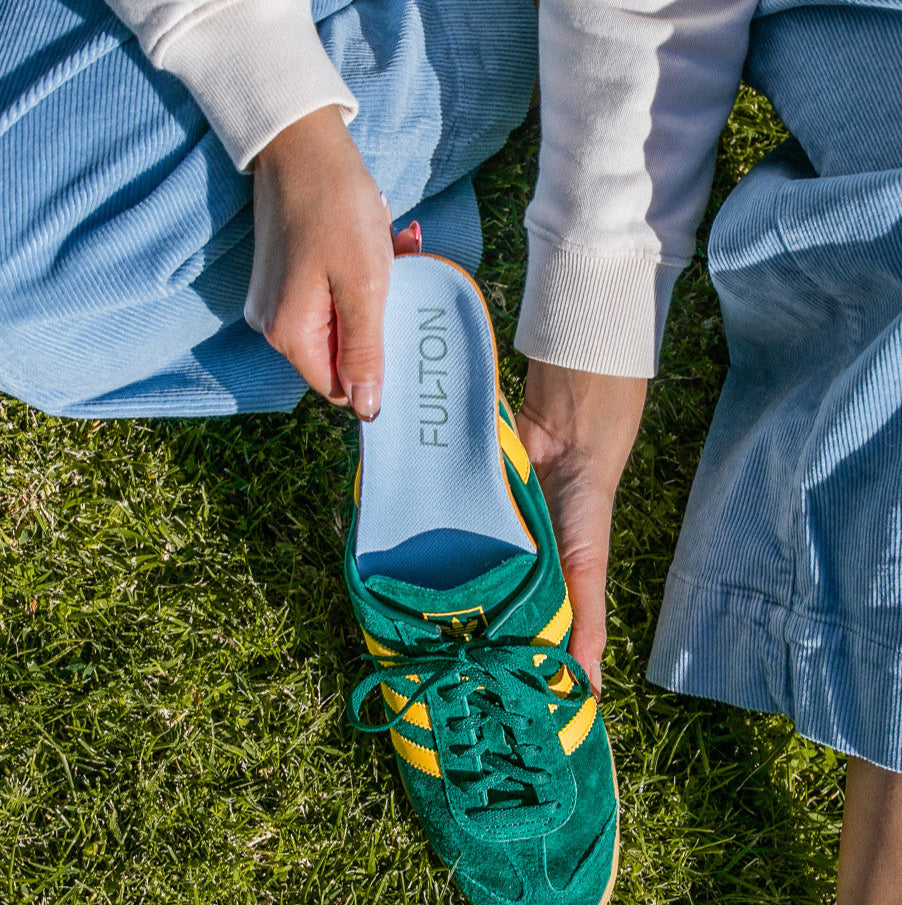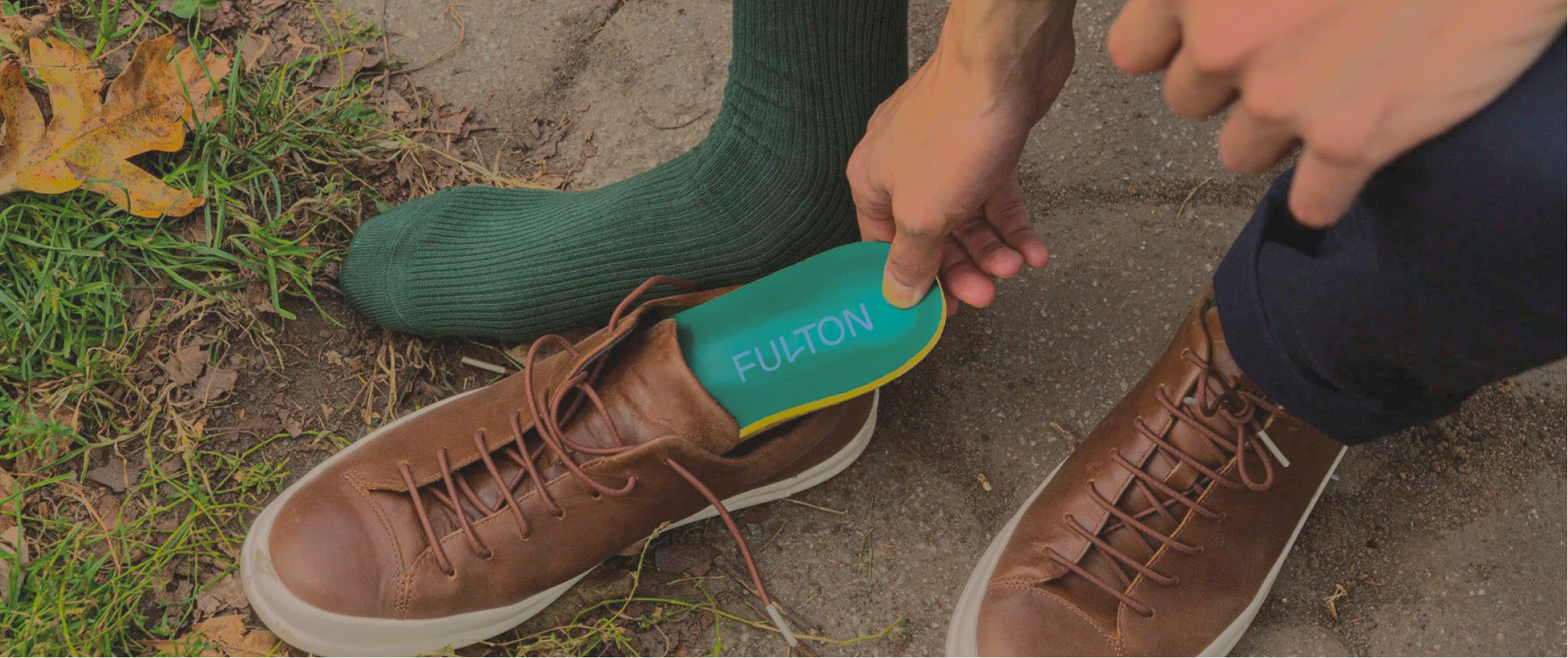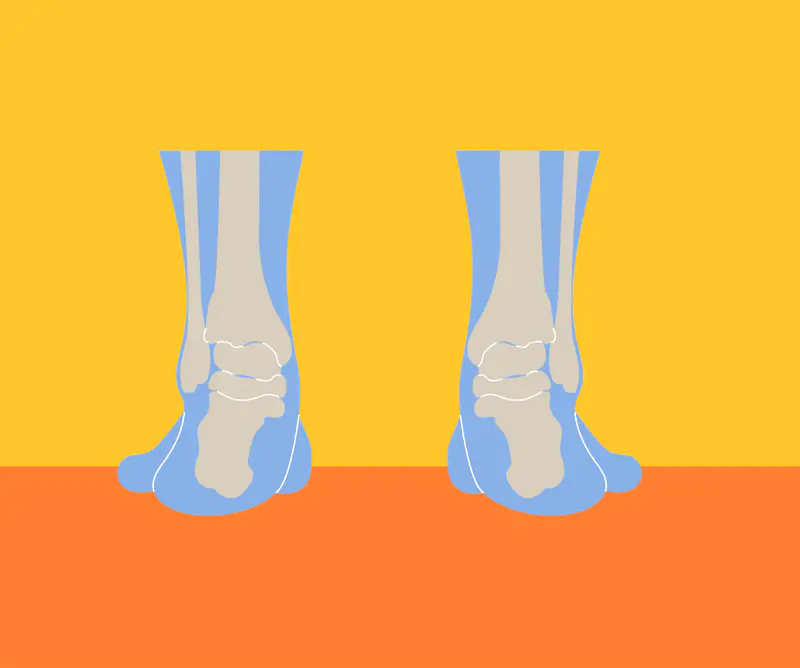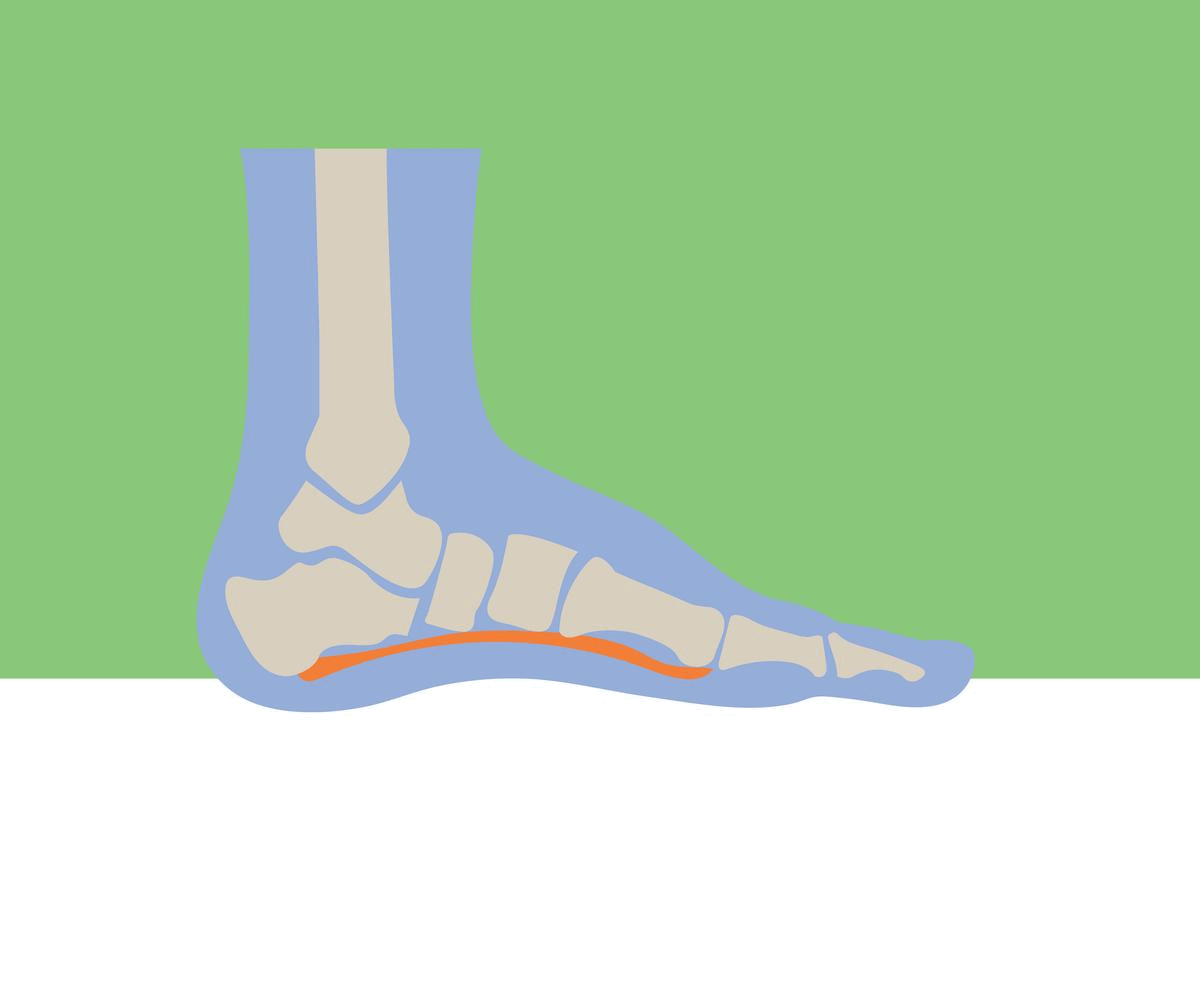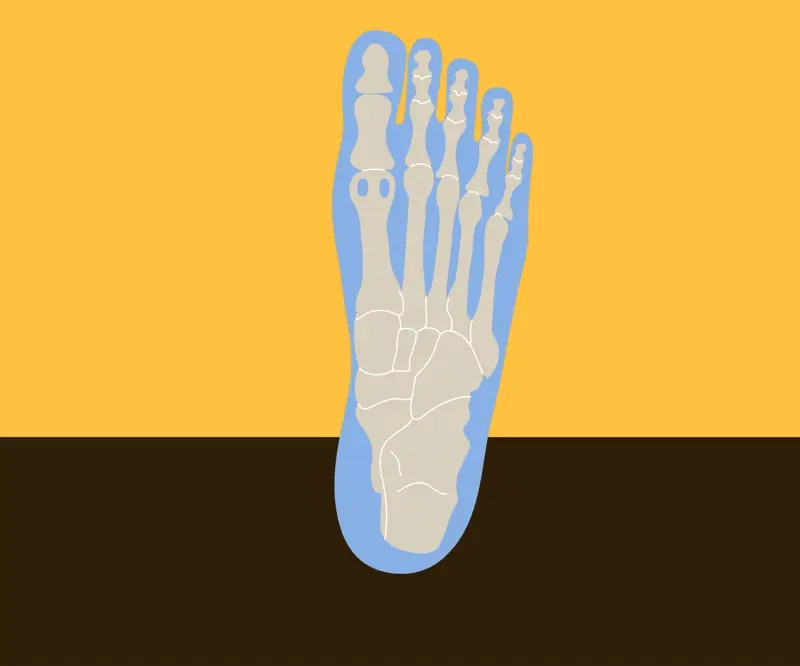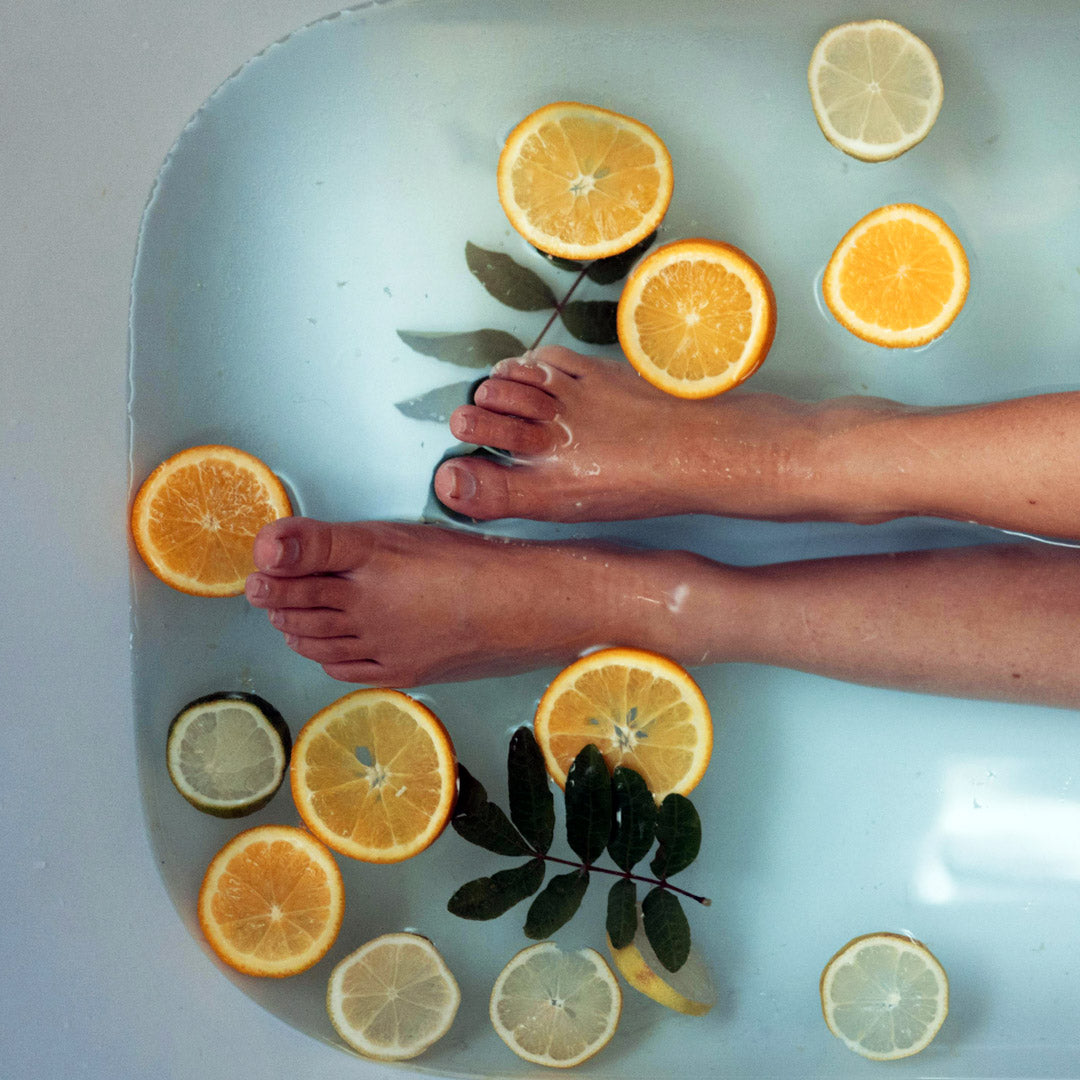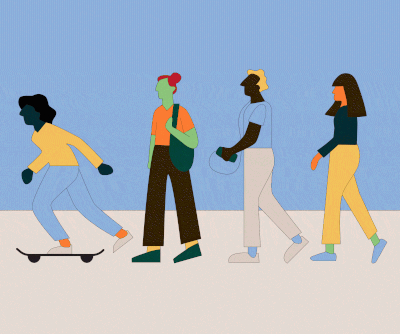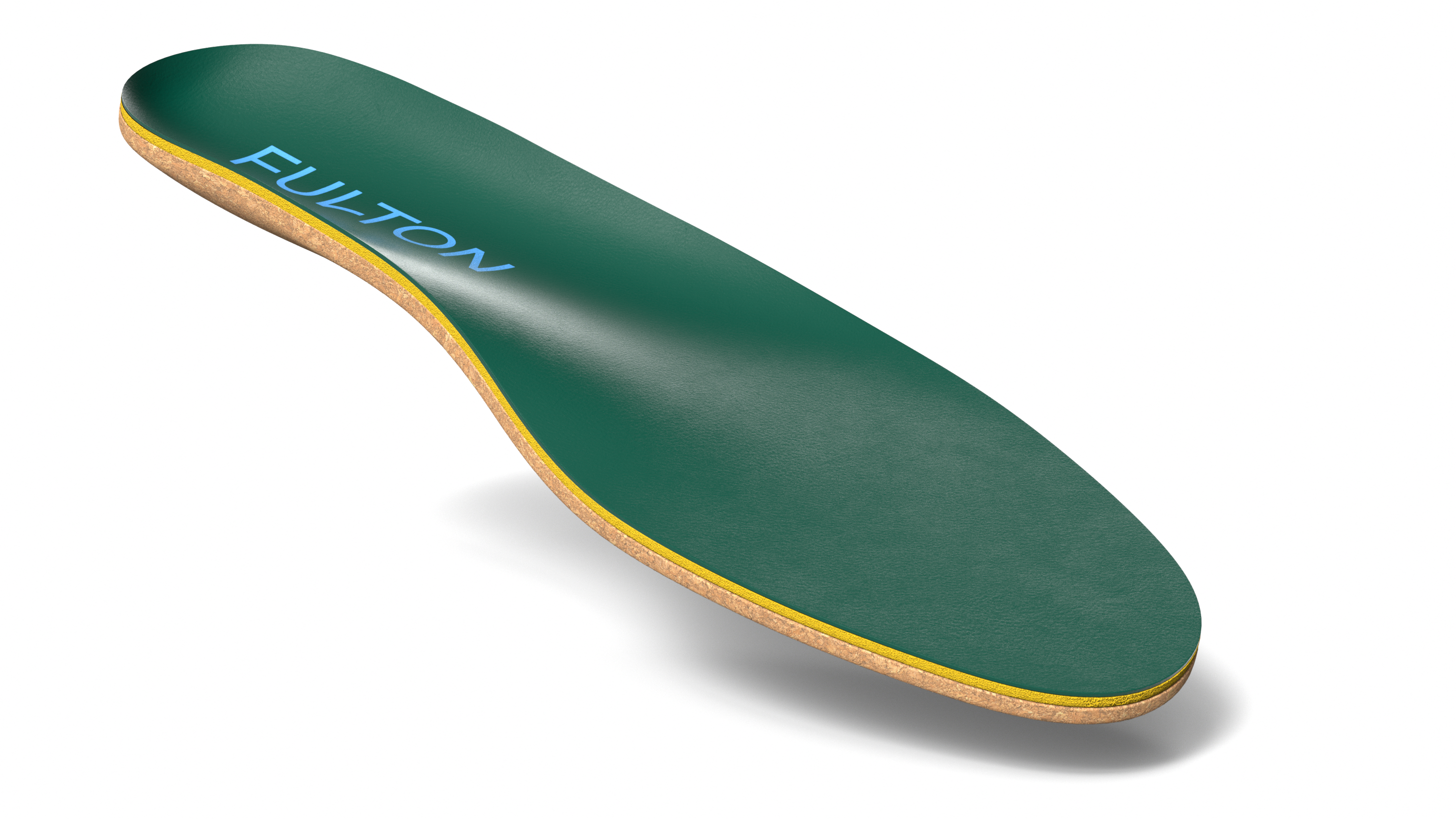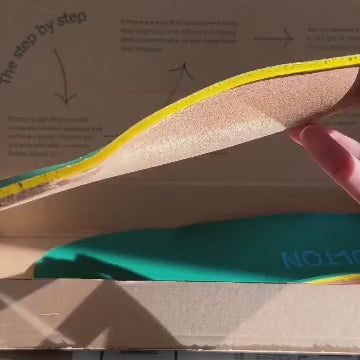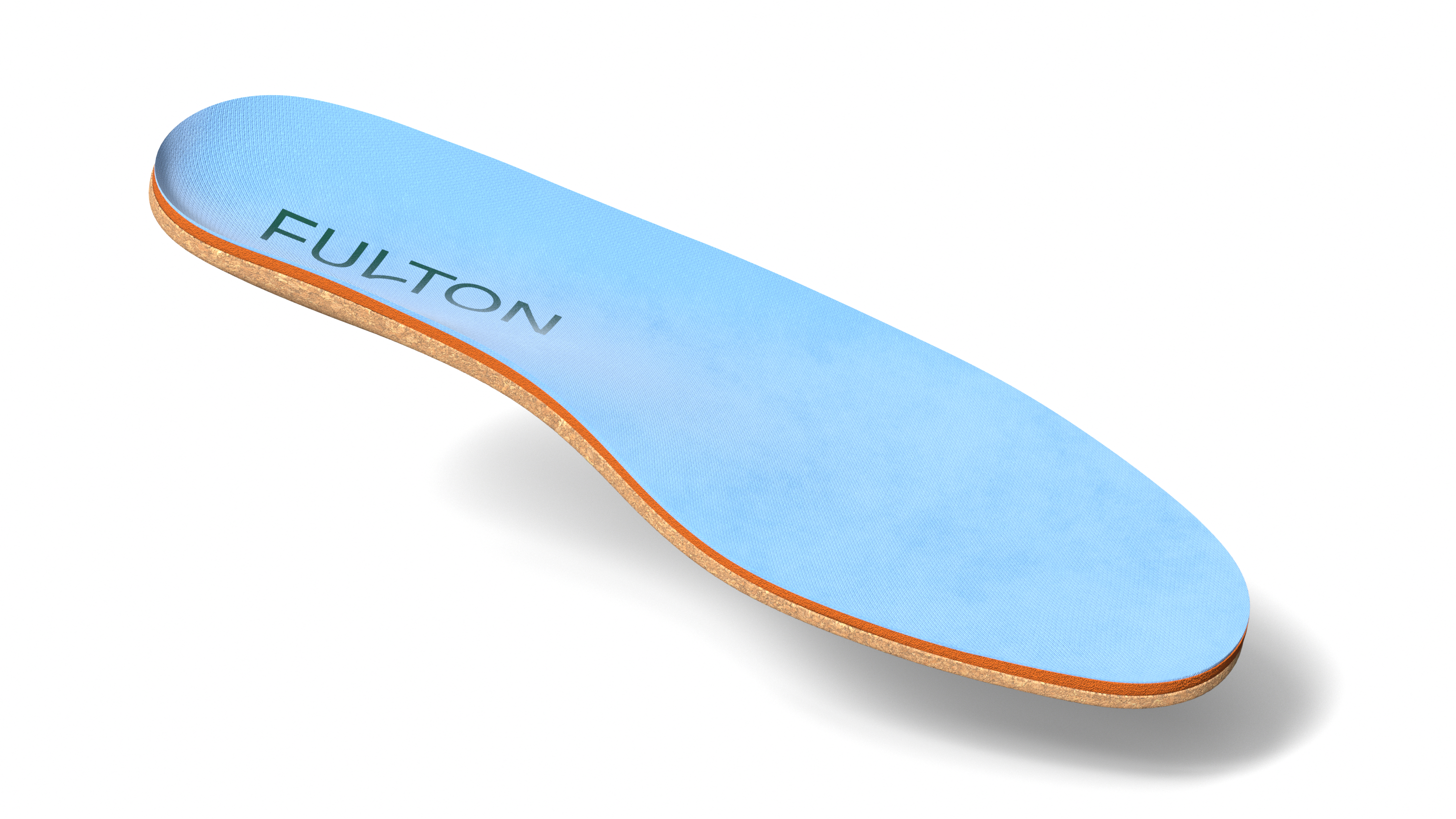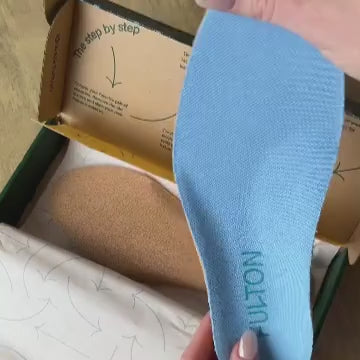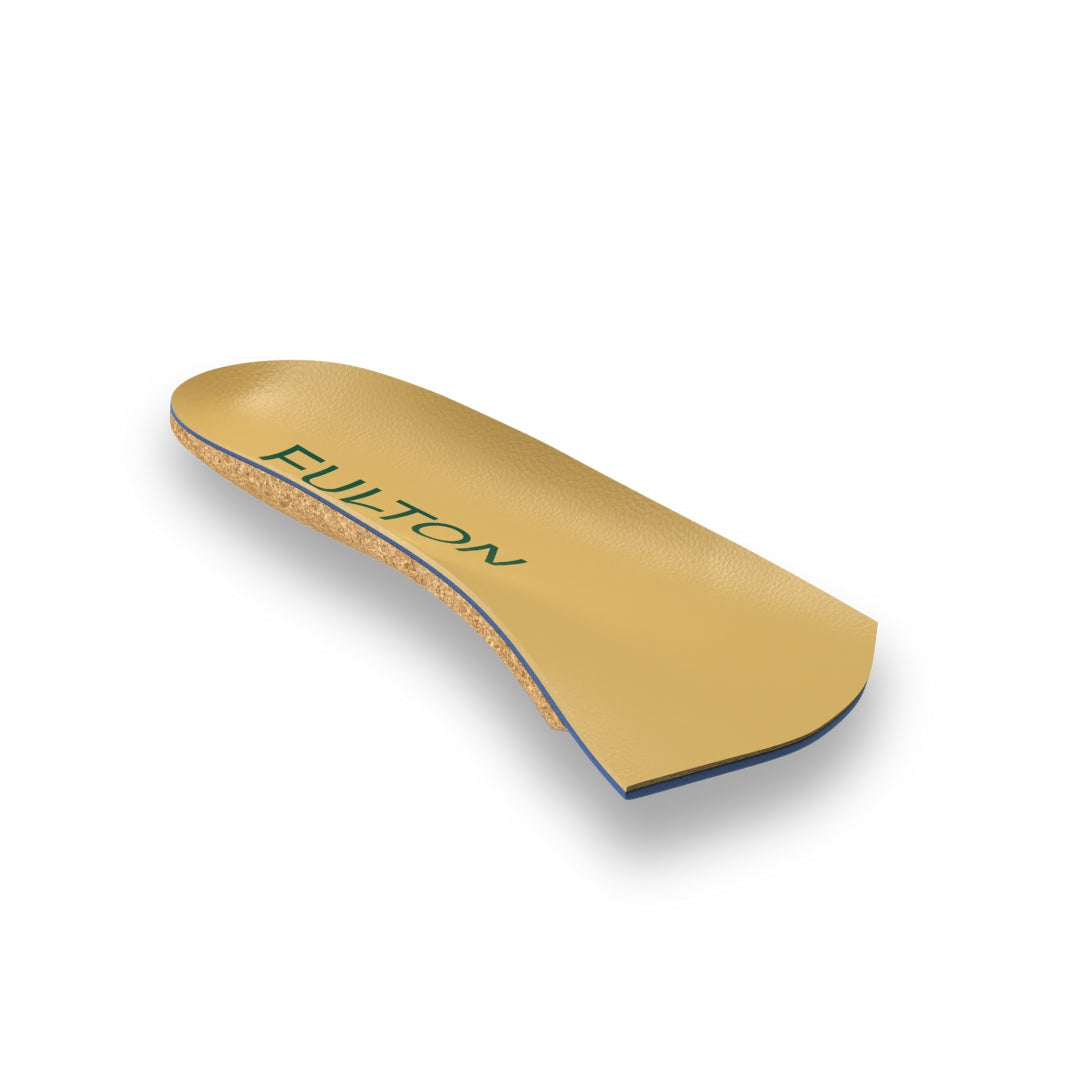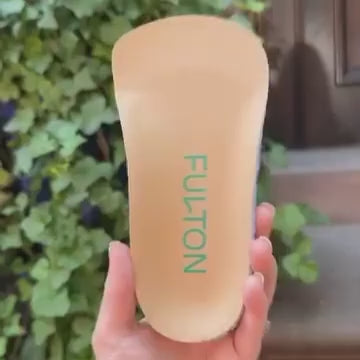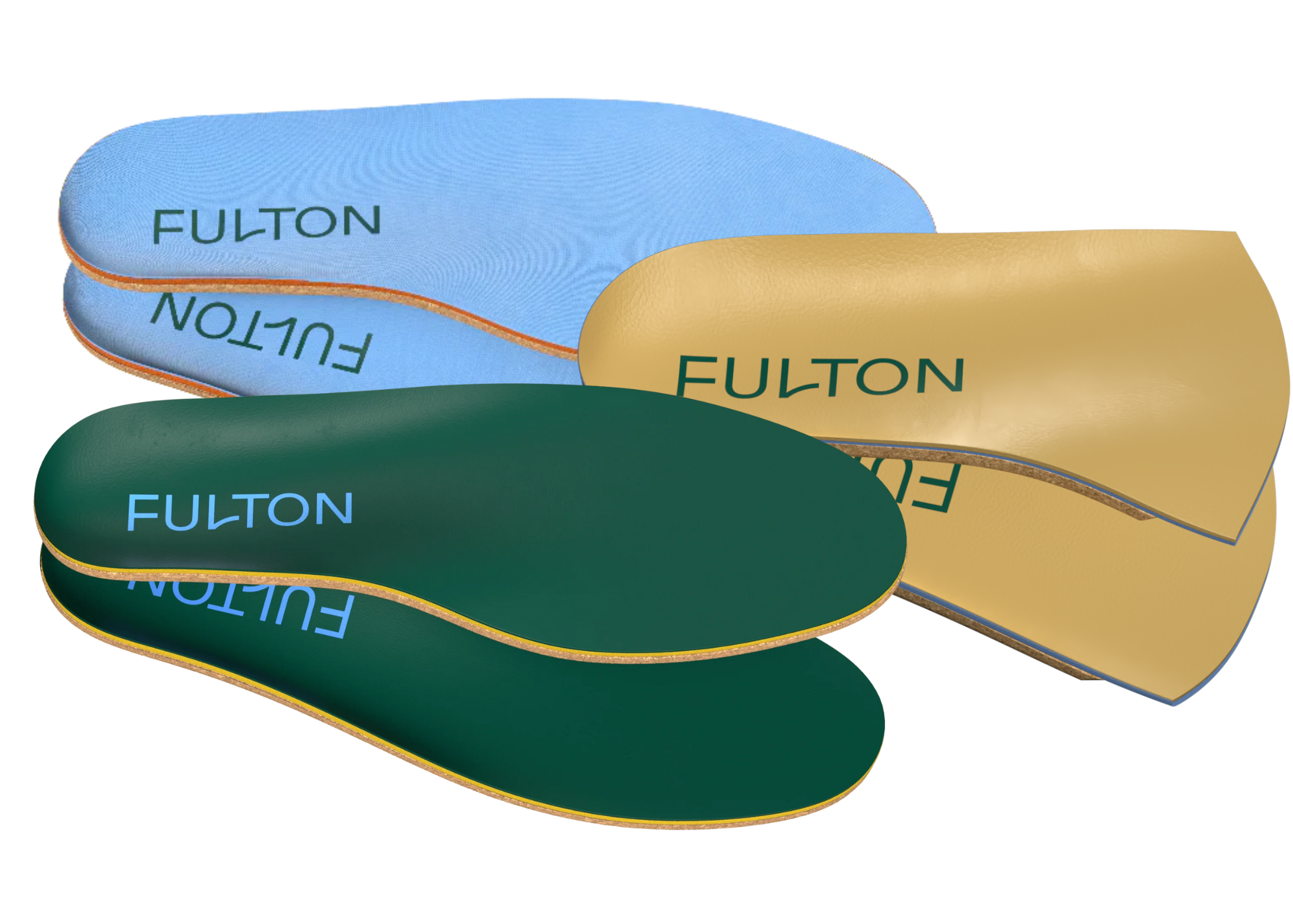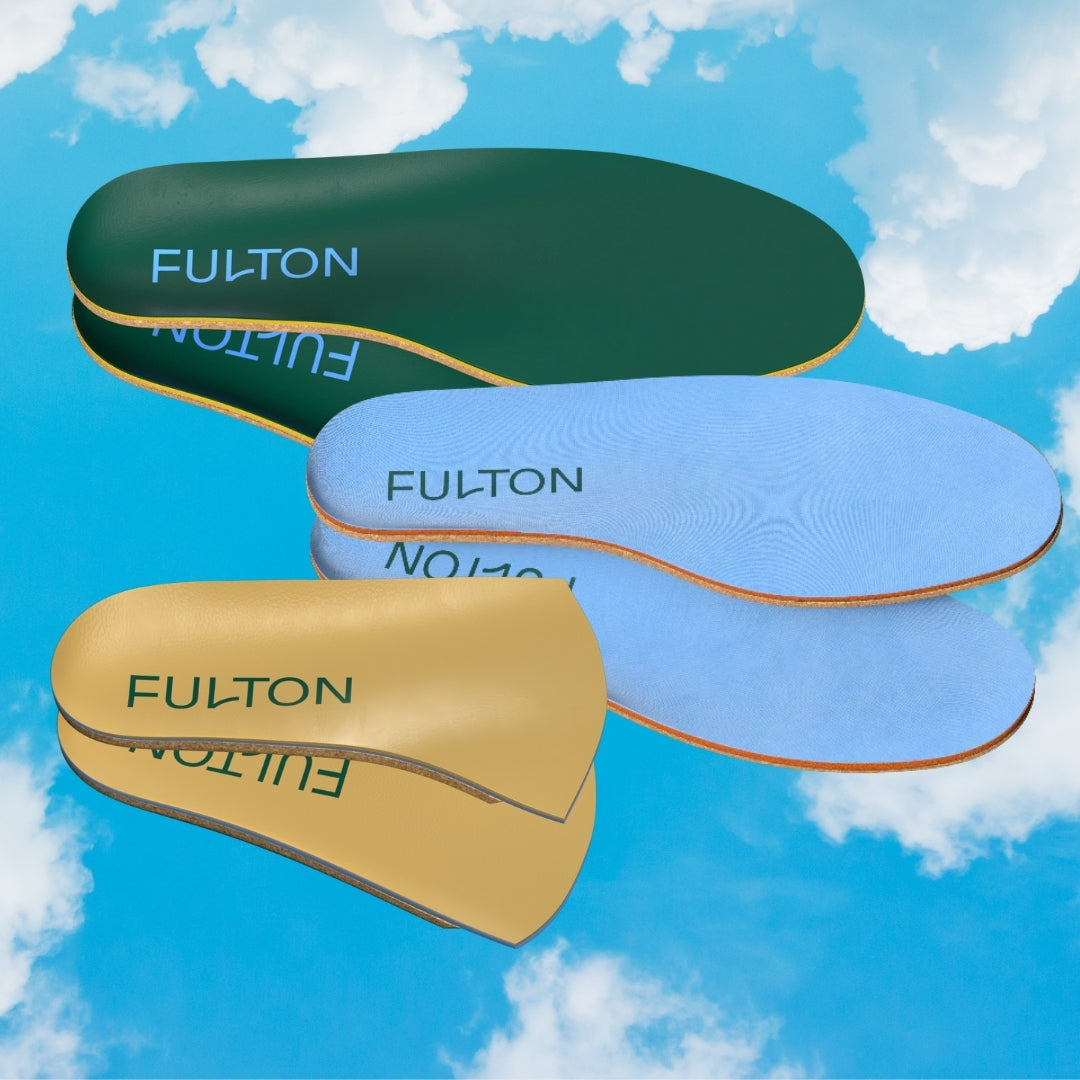What does foot care entail?
Foot problems can easily affect the ability to complete basic tasks, like walking through the grocery store or climbing stairs. Protecting the bones, muscles, ligaments, skin, and other parts of the feet is essential to keeping mobility and overall wellness intact. Proper foot care benefits overall foot health in numerous ways.
-
Washing the feet: Wearing sweaty socks after a workout and walking through the gym shower stall barefoot are two common ways to expose feet to the fungi that causes athlete's foot. Washing and drying feet (including the area between toes) thoroughly each day protects feet from fungi and bacteria.
-
Inspecting feet daily: Cleansing provides an opportunity to give each foot a comprehensive inspection for abnormalities, cuts, nicks and other injuries. Vigilance can prevent a minor problem from becoming a major concern.
-
Stretching for flexibility: Stretching increases foot and ankle strength and flexibility, helping maintain proper foot mechanics. To stretch the bottom of your feet, step back with one leg at a time, raising the heel while keeping your toes on the ground. To stretch the top of your feet, raise one heel at a time while curling your toes toward the forefoot. It's easier to balance, remain stable and use a full range of motion on flexible feet and ankles. Increased flexibility aids shock absorption, which can help prevent foot pain during low- and high-impact activities. Stretching tight calf muscles will alleviate tension that contributes to foot pain.
Foot care and footwear go together. Whereas strength and flexibility enhance foot mechanics, wearing shoes with the proper fit provides additional support and protection.
Understanding common foot problems
Taking foot care seriously can prevent common foot problems. But first, it’s important to learn how these foot issues manifest. Common problems include the following.
Plantar Fasciitis
Plantar Fasciitis refers to plantar fascia inflammation, which can occur as a result of exercise, overuse, and other strenuous activities. Although many people kick off shoes at home to relax, walking barefoot without proper shock absorption can contribute to the condition. The foot stretches discussed earlier can strengthen arch muscles to prevent plantar fasciitis. You can also gently massage your feet to help alleviate pain and discomfort, as well as reduce swelling and inflammation.
Flat feet
Flat feet develop when the tendons — or tissues that hold the joints in the foot together — become loose either in adulthood due to injuries or from not developing appropriately during childhood. People with flat feet benefit from using insoles for arch support to avoid developing serious foot problems, including overpronation.
Overpronation
Overpronation refers to when feet roll inward while walking or running. How the foot lands with each step affects various parts of the body, including the curvature of the spine, angle of the hips, and the strength of the knees and ankles. Wearing insoles provides arch support and helps manage overpronation.
Bunions
Bunions form when pressure is placed on the big toe joint. How you walk or even wearing shoes with a narrow toe box could be to blame for the pressure that causes bunions. Switching to wider shoes can prevent toe crowding that affects the big toe joint and wearing insoles can alleviate pressure on the joint.
Wearing shoes with the wrong fit can cause blisters when skin rubs against the inside of the shoe. Wearing shoes that aren't too big or small can help prevent blisters.
Establishing a foot care routine
An effective foot care routine starts with finding the right footwear. When trying on shoes, opt for those that are wide enough to wiggle your toes, with a half-inch between the tip of your big toe and the shoe. The footwear shouldn't place excess pressure on the sides or ball of the feet.
A daily or nightly foot massage helps loosen tight muscles, increasing range of motion and relieving pain. The rubbing and kneading also gets blood flowing to improve circulation. Stretching, as mentioned earlier, further increases flexibility and strength.
Choose Fulton insoles to support foot care
Fulton is committed to providing durable foot care solutions to improve comfort and reduce common foot problems from developing.
Fulton insoles' cork base molds to the foot to provide custom arch support and align the body.. The custom molding base helps stabilize the heel and ankle, which can prevent hip and knee pain. The insoles also help curb foot fatigue and absorb shock, so joints don't take the brunt of the impact. The cork is antimicrobial, making it a perfect addition to your shoes. The cushioning foam further enhances comfort.
To discover Fulton insoles for yourself, check out our best-selling Classic Insole. For those who enjoy an active lifestyle, our Athletic Insole is the perfect fit. If the Classic or Athletic insole doesn’t fit your shoe, don’t worry! Our Universal Insole is designed to fit shoes that our Classic or Athletic may not be able to accommodate, like flats, loafers, and dress shoes. Visit us online today to discover comfort with every step!


